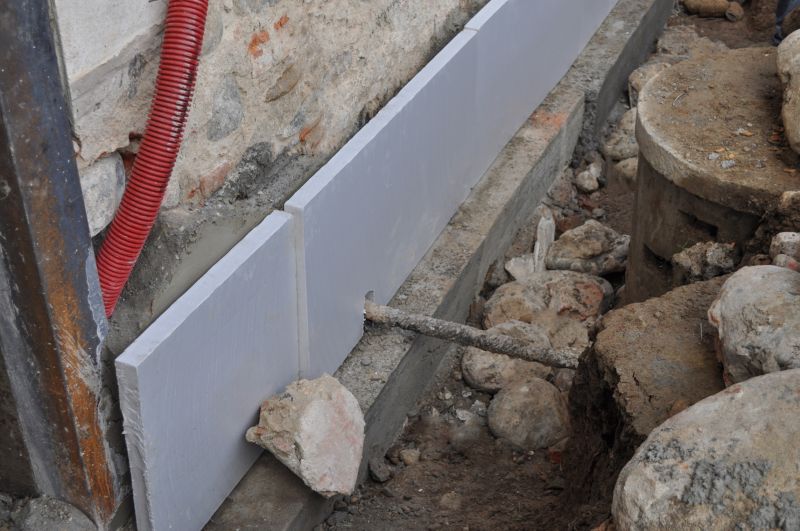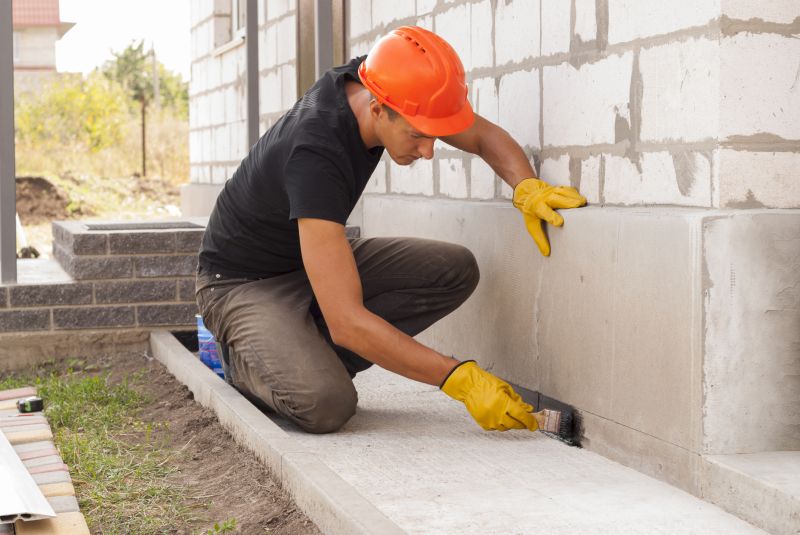Best Time for Foundation Repairs
Foundation repairs are most effective when performed during specific times of the year, considering weather conditions and soil behavior. The optimal periods typically include late spring through early fall when soil moisture levels are stable, reducing the risk of further shifting or settling.
Spring offers moderate weather and soil conditions, making it suitable for foundation repairs before the peak heat of summer.
Early fall provides cooler temperatures and consistent soil moisture, ideal for foundation stabilization work.
Cold and freezing temperatures in winter can hinder repair processes and cause additional soil movement, making it an unsuitable time.
While summer can be suitable, extreme heat and dry soil conditions may complicate repair work and affect outcomes.

Spring's moderate climate reduces soil movement, supporting effective repairs.

Fall's consistent moisture levels help stabilize the foundation during repairs.

Summer offers longer daylight hours, but extreme heat requires scheduling adjustments.

Ways to make Foundation Repairs work in tight or awkward layouts.

Popular materials for Foundation Repairs and why they hold up over time.

Simple add-ons that improve Foundation Repairs without blowing the budget.
| Season | Suitability |
|---|---|
| Spring | Ideal for foundation repairs due to stable soil conditions. |
| Summer | Possible but requires caution due to heat and dryness. |
| Fall | Optimal time with consistent moisture levels. |
| Winter | Not recommended because of freezing temperatures and soil movement. |
Foundation repairs involve addressing issues such as settling, cracking, and shifting that can compromise the stability of a structure. Proper timing ensures that repairs are more durable and less likely to be affected by seasonal soil movements. Soil conditions, weather patterns, and temperature fluctuations all influence the success of foundation stabilization efforts.
Statistics indicate that foundation problems are among the most common structural issues in residential properties, with a significant percentage occurring due to soil expansion and contraction caused by moisture changes. Performing repairs during optimal weather conditions can reduce the risk of recurring issues, saving costs and preventing future damage.

Inspection, soil stabilization, and structural reinforcement are key steps in foundation repair.

Cracks in walls, uneven floors, and sticking doors can indicate foundation problems.

Methods include piering, underpinning, and slab jacking to restore stability.

Scheduling repairs during favorable weather reduces complications and enhances longevity.
Interested parties in Des Plaines, IL, are encouraged to contact for further information or to schedule a foundation assessment. Proper timing and professional intervention can significantly improve the durability and safety of a property’s foundation.

